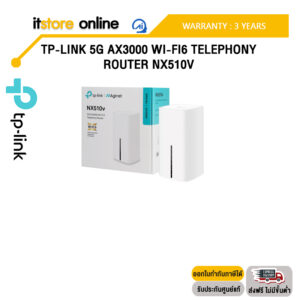Decentralized finance, or DeFi, has been gaining traction in recent years as a revolutionary way to provide financial services without the need for traditional intermediaries. DeFi platforms use blockchain technology to enable users to access a wide range of financial products and services, such as lending, borrowing, trading, and investing, all in a decentralized manner. While DeFi offers numerous benefits, such as greater accessibility, transparency, and control over one’s finances, it also comes with its own set of risks. In this article, we will explore the future of decentralized finance risk mitigation and discuss strategies to address these challenges.
1. Understanding the Risks of DeFi As with any financial system, DeFi is not immune to risks. Some of the key risks associated with DeFi include smart contract vulnerabilities, hacking attacks, market volatility, regulatory uncertainty, and liquidity challenges. Smart contracts, which are self-executing contracts with the terms of the agreement directly written into code, can be vulnerable to bugs and security flaws, leading to potential financial losses. Hacking attacks targeting DeFi platforms have become increasingly common, resulting in millions of dollars in stolen funds. Market volatility in the cryptocurrency space can also impact the value of assets held in DeFi protocols. Additionally, regulatory uncertainty poses a significant risk to the long-term viability of DeFi projects, as government authorities around the world continue to grapple with how to regulate these decentralized platforms. Lastly, liquidity challenges can arise when there is insufficient demand for assets on DeFi platforms, leading to price slippage and potential losses for users.
2. Strategies for Mitigating DeFi Risks Despite the inherent risks associated with DeFi, there are several strategies that can be employed to mitigate these challenges and enhance the safety and security of decentralized financial systems. One of the most important risk mitigation strategies is conducting thorough security audits of smart contracts before deploying them on the blockchain. By identifying and addressing potential vulnerabilities early on, developers can reduce the likelihood of exploits and hacks. Additionally, implementing robust security measures, such as multi-signature wallets, hardware wallets, and decentralized exchanges, can further enhance the security of DeFi platforms. Regularly monitoring and updating smart contracts and security protocols is also essential to stay ahead of emerging threats and vulnerabilities. Another key strategy for mitigating risks in DeFi is diversifying assets across different platforms and protocols to reduce exposure to any single point of failure. By spreading risk across a variety of platforms, users can minimize the impact of potential security breaches or market fluctuations. Furthermore, implementing advanced risk management tools, such as stop-loss orders, collateralization ratios, and decentralized insurance solutions, can help protect users’ funds and assets in the event of adverse market conditions or unexpected events. Overall, a combination of proactive security measures, diversification strategies, and risk management tools can help mitigate risks in DeFi and safeguard the interests of users and investors.
3. The Future of DeFi Risk Mitigation Looking ahead, the future of decentralized finance risk mitigation is likely to be shaped by technological advancements, regulatory developments, and industry best practices. As blockchain technology continues to evolve and improve, developers will have access to more sophisticated security tools and protocols to safeguard DeFi platforms against emerging threats. For example, advancements in cryptography, zero-knowledge proofs, and multi-party computation can enhance the privacy and security of decentralized financial systems. Moreover, the growing awareness and adoption of decentralized insurance solutions, such as decentralized autonomous organizations (DAOs) and mutual aid protocols, can provide additional protection for DeFi users in the event of unforeseen risks or losses. On the regulatory front, increased clarity and guidance from government authorities can help reduce uncertainty and foster greater trust and confidence Neo Connect AI in the DeFi ecosystem. By working collaboratively with regulators to establish clear guidelines and compliance standards, decentralized finance projects can operate within a more secure and stable framework. Additionally, industry best practices, such as peer reviews, open-source development, and community-driven governance, can play a crucial role in promoting transparency, accountability, and resilience in DeFi. By adhering to high standards of security and risk management, DeFi projects can build trust and credibility among users and investors, paving the way for broader adoption and sustainability in the long run.
In conclusion, decentralized finance represents a paradigm shift in the way financial services are delivered and accessed, offering unprecedented opportunities for innovation and inclusivity. However, the growth and success of DeFi are contingent upon effectively addressing and mitigating the inherent risks associated with these decentralized platforms. By implementing robust security measures, diversifying assets, and adopting advanced risk management tools, developers and users can enhance the safety and security of DeFi platforms and protect against potential threats and vulnerabilities. The future of DeFi risk mitigation lies in embracing technological advancements, regulatory clarity, and industry best practices to build a resilient and sustainable decentralized financial ecosystem for the benefit of all stakeholders.






